POCO F1 review: Game on with the super-affordable flagship handset
The POCO F1 offers beastly performance at a midrange price, but compromises on the flaunt factor like its rivals.

Xiaomi has always been ruling the budget smartphone categories with its high value-for-money Redmi series. However, their premium Mi branded offerings could never make a dent in the market share of brands like OnePlus and Samsung — the 2015’s Mi 4, 2016’s Mi 5 and 2017’s Mi MIX 2 never managed to sell as expected. The major issue was the company’s brand image, which was assumed to be starry in the budget categories, but relatively cheaper in the premium segments.
To tackle the issue, Xiaomi formulated POCO (aka POCOPHONE for the global market) — a new brand that appeals to the performance-seeking younger generation. POCO is meant to carve space for itself in the premium ‘OnePlus-ruled’ segment and help Xiaomi penetrate the segment like it does in the budget categories. The first device needed to be affordable enough to catch attention while appealing to the young urban crowd who want to relate to an ambitious brand philosophy. Therefore, the F1 — POCO’s first offering — aims to hit hard the sweet spot between affordability and glamorous performance. It starts at Rs 20,999 for the base variant with 6GB of RAM and 64GB of storage and goes up to Rs 29,999 for the high-end model with a Kevlar rear panel. What’s POCO offering as standard is the Snapdragon 845 — a chipset reserved for use by smartphones above the Rs 30,000 segment. With this handset, Xiaomi has managed to break the norm with what it states as 'Honest pricing' and shake up the entire flagship-oriented industry by offering a most expensive chipset at the cheapest price point ever.
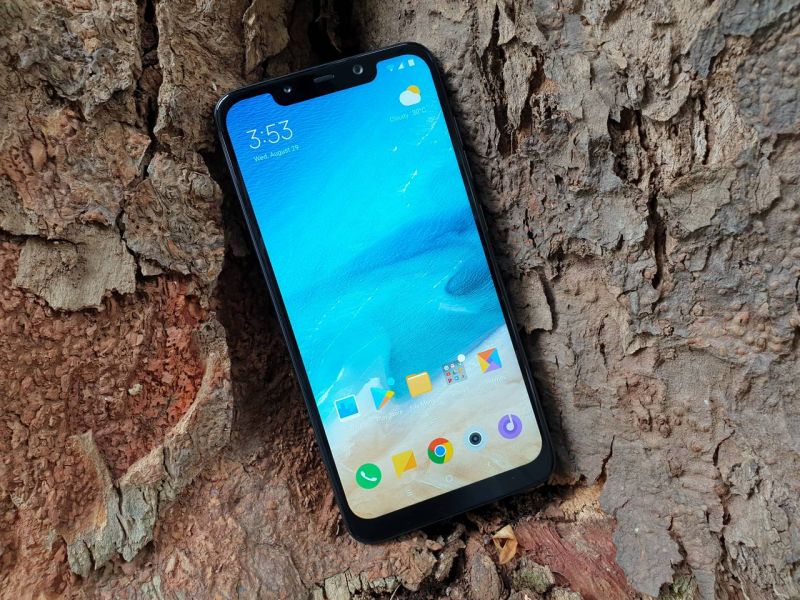
So how is POCO managing to deliver flagship-class specifications for midrange prices? What is the secret trick that Xiaomi’s sub-brand has adopted to threaten OnePlus at its own game? Let’s find out.
Aesthetics, Build
In an age where manufacturers are basking their premium phones in fragile glass panels, POCO has boldly gone for a polycarbonate build. Yes, you read that right — the POCO F1 is made out of plain old plastic. Xiaomi has itself moved on to metal for its entry-level budget smartphones; so why adopt cheap-looking plastic for a phone sitting in the midrange category? Probably keeping weight, heat dissipation and affordability in mind.
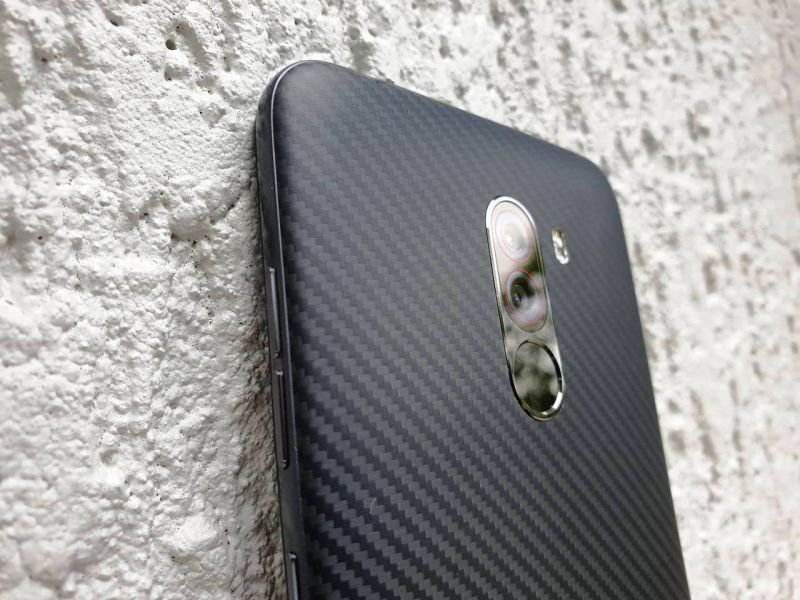
The answer to this is obvious — cost cutting. If POCO had to accommodate a flagship-grade chipset with additional performance enhancements, they had to cut down somewhere. A plastic build is probably one way the company could keep the prices from hurting the consumers’ wallet. If that doesn’t satisfy your alter ego while justifying to your ‘OnePlus-friends,’ POCO says that most users will eventually put a case on the body, which eventually defies the point of building phones out of glass or metal. So there you have it — one excuse for POCO to justify the lower price for its fans. Other fine areas where the POCO cuts down on price are areas such as a missing IR transmitter, and probably a few other internals that we may not entirely know of.

Does it mean the F1 is badly built? We recently saw Xiaomi impressing us all with a very high-quality plastic build on the budget Redmi Y2, which often fools onlookers for a metal build. It’s the same case with the POCO F1 — it’s built well with a sturdy fit and finish. The use of plastic also means weight is kept under check. The dual rear camera setup is vertically and symmetrically aligned at the centre, with the fingerprint scanner sitting just below it — à la OnePlus 6. A plastic build also means you can go without a case as its better protected against scratches and accidental drops, yet POCO bundles a protective case for concerned users. If you own the kevlar back (top end model) you don't need to use the case anyway. However, do note that the case doesn't fit snug enough and easily pops out if you exert a firm grip on the sides — we accidentally dropped our unit a few times due to that, but the sturdy plastic build ensured we were left with minor scuffs. Not all may be lucky as the display is the most expensive part on the phone, should you happen to drop it on a rough surface.
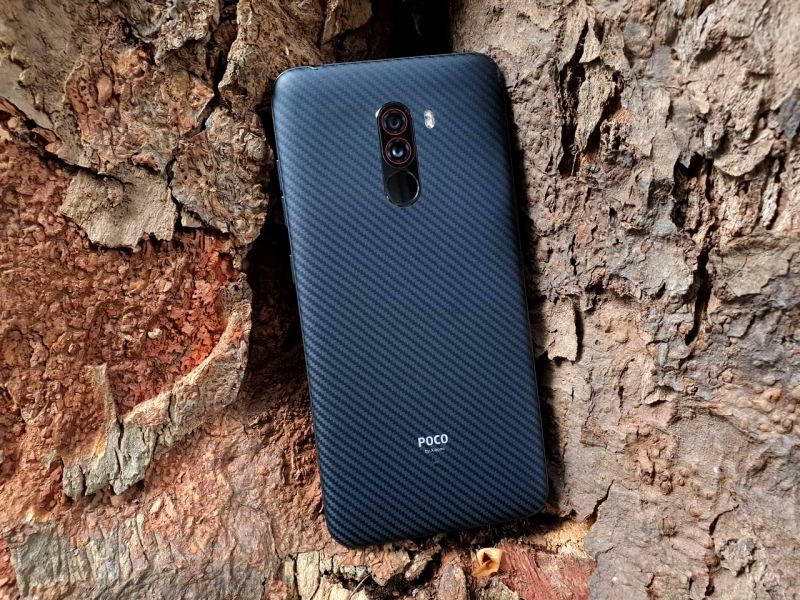
However, we got to use the top-end Armoured Edition as our daily driver and we couldn’t resist taking off the case. The Armoured Edition sports a Kevlar rear panel, which POCO says is pretty resistant to scratches the F1 could accumulate in daily wear and tear. The carbon fibre on the rear panel also makes it one of the coolest looking phones for an even cooler price tag. Only a Xiaomi sub-brand could pull off such a thing.

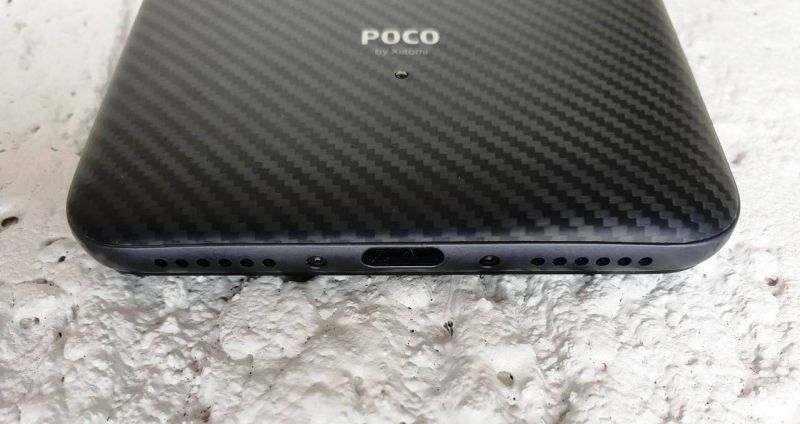
Specification-crunching nerds will be happy to see a USB-C port and a 3.5mm headphone jack — features that pleasure an enthusiast. There’s also a dual speaker setup, with the earpiece working as the secondary speaker. However, in our usage, we found that the second speaker is barely audible outdoors while the primary speaker does a great job with an impressive audio quality.
The F1 also adorns the notch design from modern flagships. In typical Xiaomi fashion, the notch is as big as the one on the Apple iPhone X. However, there’s a very good reason behind it — apart from the earpiece and the front camera, it also houses the Infrared sensor-based facial recognition system (more in detail later).
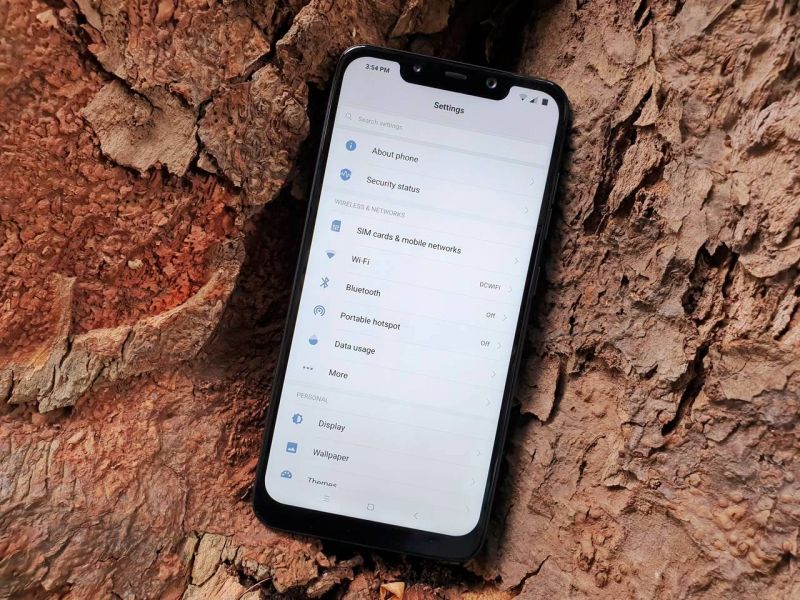
Sadly, cost-cutting makes POCO keep a fairly thick chin and noticeable bezels on to the top. POCO uses an older Gorilla Glass 3 for protection, which should keep it fairly immune to light scratches and cracks on a daily basis. Gorilla Glass 3 is presently the best-known glasses that is both sturdy and scratch resistant. Nonetheless, the trendy notch design counts as a necessity for a smartphone seeker in 2018 and POCO has delivered there in a good way.
Display
As stated, the F1 is equipped with a modern notch display. The 6.1-inch IPS LCD panel renders pictures at a resolution of 1080 x 2246 pixels. The thinner yet noticeable bezels, the notch and the thick chin contribute to a screen-to-body ratio of 82.2 per cent. The screen is pretty average in its performance — the dynamic range is on par with phones in the budget segment. Sunlight legibility is decent while viewing angles are good.
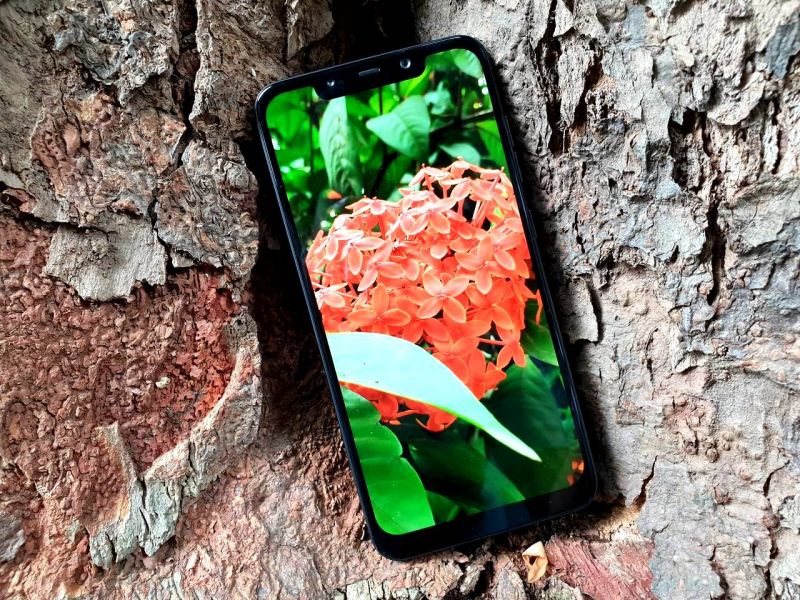

Surely, an AMOLED panel would have been better considering its dedication to performance, but affordability would take a hit. For notch haters, POCO provides an option to hide via software trickery, similar to other ‘notched’ Android phones, with just a single setting switch, but be prepared to face asymmetrical curves on the corners of top and bottom of the screen. Additionally, we noticed that the YouTube app is unable to offer the ‘Pinch to zoom’ function as of now. Maybe POCO could fix it with an update in the future.
Performance
This is where the POCO F1 absolutely shines. If you are even remotely interested in smartphone technologies, then it’s a no-brainer that a Qualcomm Snapdragon 845 chip is the sole solution to high-performance requirements on an Android smartphone. The SD845 powers the likes of OnePlus 6, ASUS Zenfone 5z, Vivo NEX, OPPO Find X and competes with Samsung’s flagship Exynos 9810 chipset on the Galaxy S9 and Note 9. If you aren’t amazed yet, POCO has added copious amounts of RAM (6GB/8GB) and storage (64GB/128GB/256GB) to ensure the F1’s beastly intentions. Add to that dedicated liquid cooling technology and it seems that prayers have been answered for geeks with shallow pockets. For the old-school, the F1 also offers FM Radio, making it one of the few flagships to feature an analogue radio.
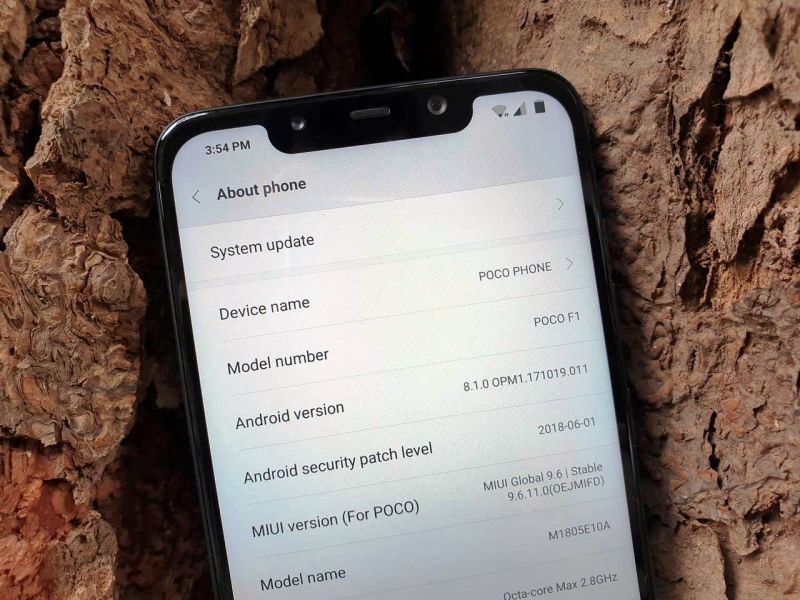
Since POCO claims to be the ‘Master of Speed,’ they also worked extensively on the software front. MIUI 9 returns based on Android 8.1 Oreo, but with a twist — it’s been tweaked by POCO and wears a new POCO launcher. The UI is nothing but an MIUI with a new skin adorning an app drawer. The company claims faster app launches for popular apps and an enhanced ease-of-use for nerds with the new app drawer. The app drawer categorises apps based on its type and even icon colours so as to make finding an app faster — tapping the brain's mental photography to make the best use here. The animations for the transitions and notification shade, which also has been redesigned extensively to imitate stock Android 9 Pie, makes the F1 feel faster than its peers. And yes, you get MIUI’s brilliantly implemented gesture navigation. POCO also promises Android Pie before the year ends.

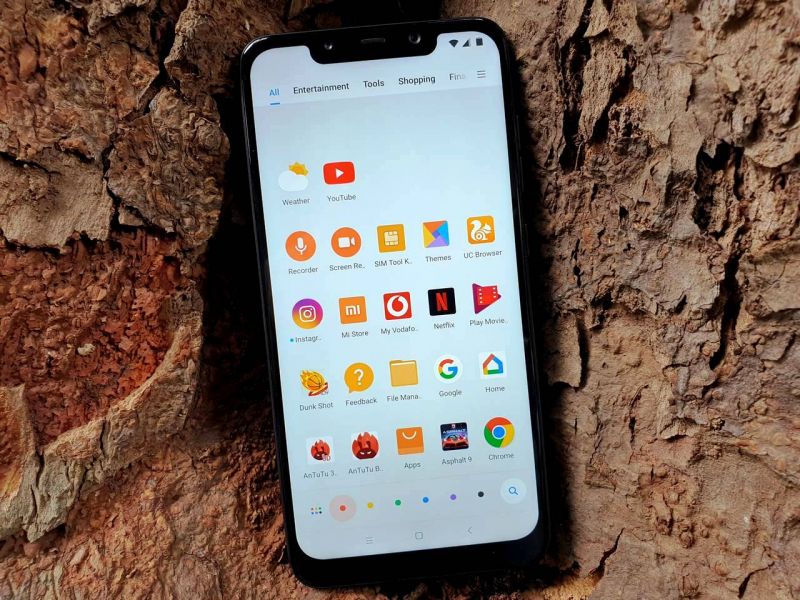
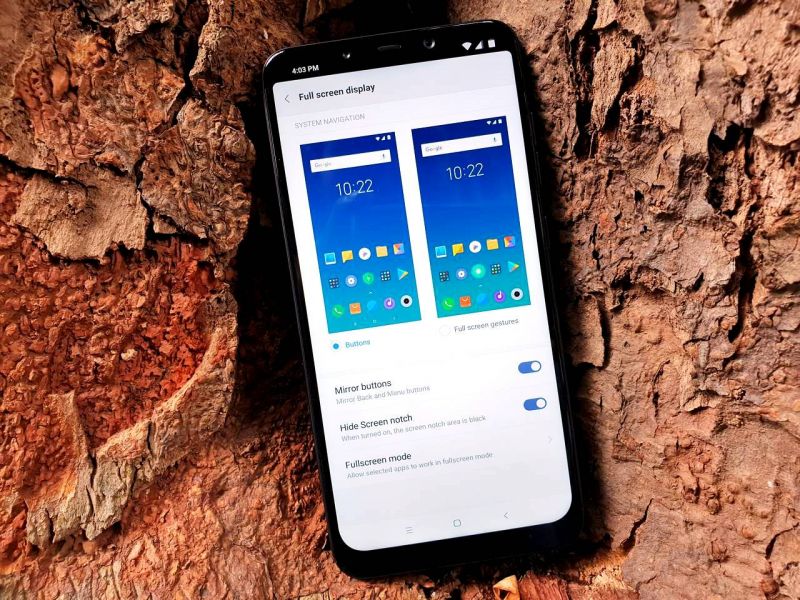
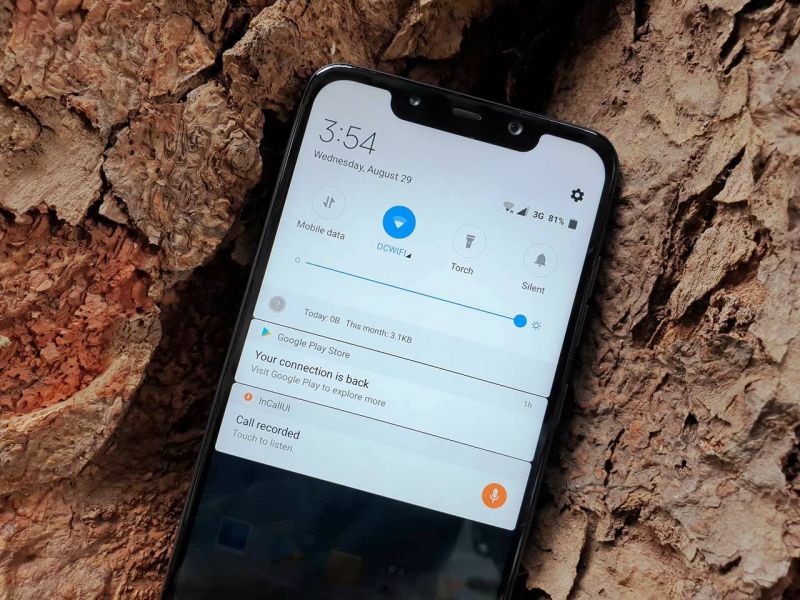
Out-of-the-box, the F1 feels fast — really fast. Apps open and respond faster while multitasking is a breeze with several resource-intensive social media apps. Do note that we were on the first public build of the OS, which is why we encountered numerous bugs and disproportionate UI elements — hope POCO fixes faster. Despite that, the phone never lagged and always felt ready for more.
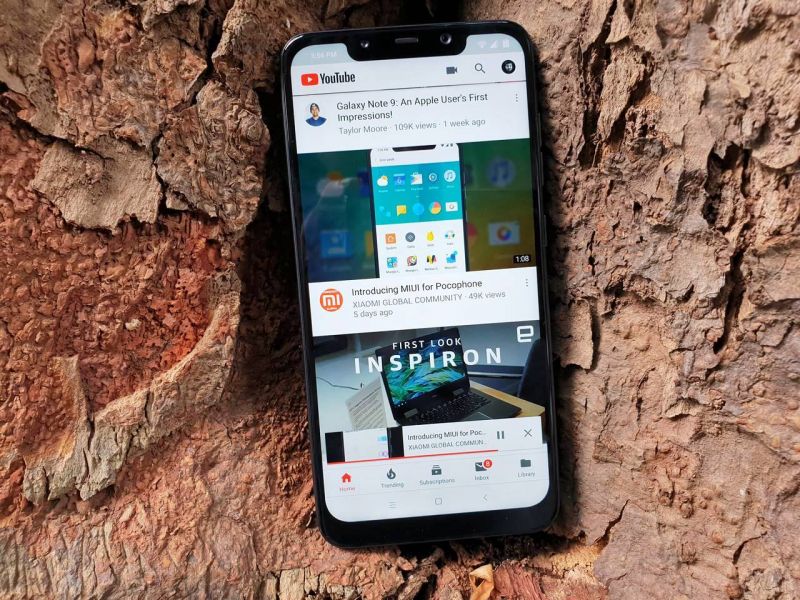
Mobile gamers, you will be happy. The F1 is a great medium to kill opponents in the virtual battlefields of PUBG MOBILE or scoring the highest drift points in Asphalt 9: Legends. The gaming performance is almost as good, if not better than its flagship rivals that cost 3 times more. An Antutu average score of 2,66,905 pits the F1 against the OnePlus 6 and Zenfone 5z with fierce.
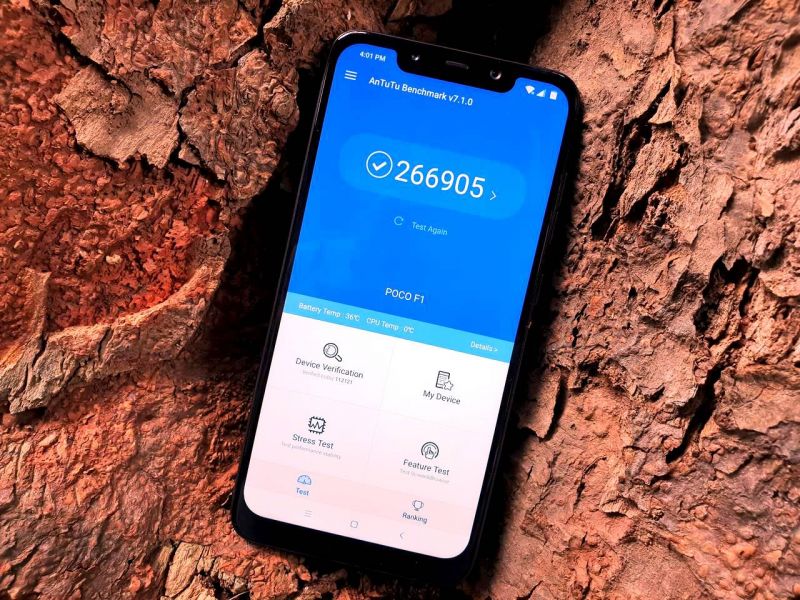
And if you are worried about the heating, the F1 doesn’t bother much — thanks to the liquid cooling system. On an average, we played PUBG MOBILE for 40 minutes and the F1 barely bothered us with high temperatures, unlike other SD845 phones that become toasty after such a long session.

The aim for faster performance also extends to its biometric verification system. The capacitive fingerprint sensor is quick as usual, but what surprises us is the face unlock. With the infrared sensors, the F1 can read faces and unlock the phone in a flash even in pitch dark condition, without breaking a sweat. In fact, the face unlock is so quick that it barely lets you see notifications on the lock screen — probably one feature which we did not like. As for the iPhone and a few others around, the moment you unlock the phone with your face, you would stay on that screen and be allowed to read the notifications. Sadly, there is no way to turn this off here and you end up in the home screen immediately after unlocking. Xiaomi/POCO — are you reading this out?
Camera
While the F1 offers flagship class performance in daily usage, it probably compromises a little in the camera department, especially when compared to other premium flagships. POCO has equipped the F1 with a 12MP primary sensor with f/1.9 aperture, 1/2.55-inch sensor and 1.4µm pixels, while the secondary 5MP sensor is used for depth data. POCO also offers pixel binning, which fuses multiple pixels to form one large pixel for gathering more light, along with its AI features to help the optics.
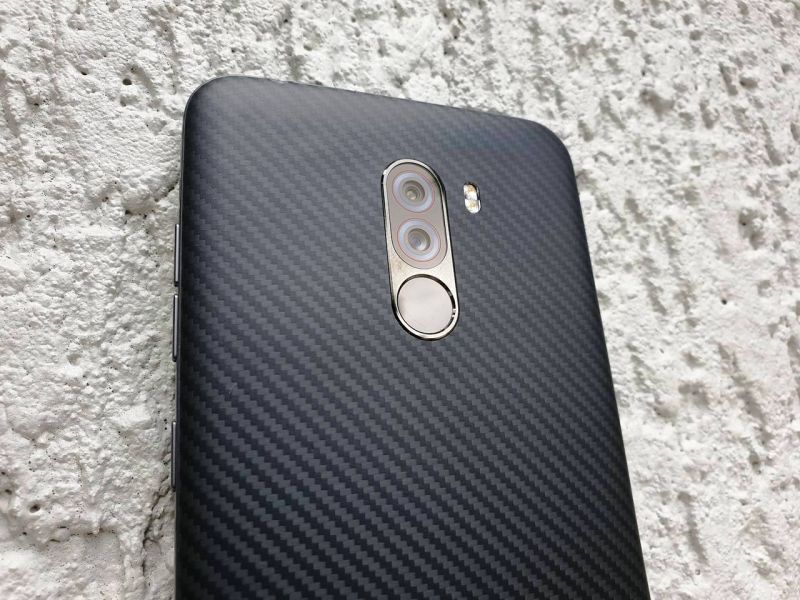
In daylight, the POCO F1 takes good-looking photos, with vibrant colours and contrasts. Exposure management is also impressive, considering the AI mode tends to saturate the colours by a few notches. In low light, the camera tries its best to prevent noise from creeping up, which results in a slight loss of details and overexposure. Nonetheless, with a few tweaks here and there, the camera should churn decent looking photos in various lighting conditions. As for the video quality, the F1 can only shoot at a maximum of 2K at 30fps, with Electronic Image Stabilisation (EIS) only to assist for stability in 1080p videos.
Another point that does need a strong mention here is the auto-focussing speed, which is very impressive. The autofocus hits bang on, instantly without breaking a sweat, each time, every time. We have yet to encounter any other smartphone/camera do this with such least effort. The Apple and Samsung flagships are barely shorter than the POCO in the autofocus speeds.








The 20MP front camera also uses pixel binning and other clever AI tricks to snap great looking selfies. The photos record a lot of details and a rich dynamic range. The AI also works impressively for the software-based portrait mode with bokeh effects and the subtle beauty modes.
 Normal mode
Normal mode
 Portrait Mode
Portrait Mode
Battery:
Since the POCO F1 smears performance all over itself, a bigger battery is necessary to keep it going for long. The POCO F1 is currently the only SD845 phone in India to feature the largest of them all — a luscious 4000mAh battery. MIUI's clever optimisations fused with Android Oreo's system level tweaking ensures an entire day's stamina under moderate usage, including a fair amount of calls, incessant texting, browsing the Internet and social media, light photography sessions, occasional gaming sessions, binge-watching YouTube and streaming music. With fewer calls, occasional Internet browsing and being connected to Wi-Fi networks for a major part of the day, we even managed to achieve a whopping stamina of 1 day-10 hours-2 minutes, with around 30 per cent to spare. However, the tank depletes faster if you are playing heavy titles for a considerably longer amount of time.

Since bigger batteries require more time to top-up, POCO has gone for Qualcomm's Quick Charge 3.0 fast charging standard, which makes the waiting period for the battery to replenish short. However, we wish that POCO could have gone ahead and offered the even faster Quick Charge 4+, which is supported as standard on the SD845. The phone does bundle a 9V 18W charger within the box for a faster charge. However, it is true that there's nothing that can presently beat OnePlus' Dash (now known as Fast) charge technology.
Conclusion
The POCO F1 presently breaks the record for being the true flagship killer — a tag that was once tagged to OnePlus. It offers the flagship SD845 chipset with liquid cooling technology featured on phones that cost upwards of Rs 50K+. Not only specifications, the F1 ensures the lightning fast day-to-day performance that an expensive flagship Phone offers these days. Add to that a massive 4000mAh battery and a slick OS, and it all starts becoming tempting, especially when you consider the rock-bottom prices.
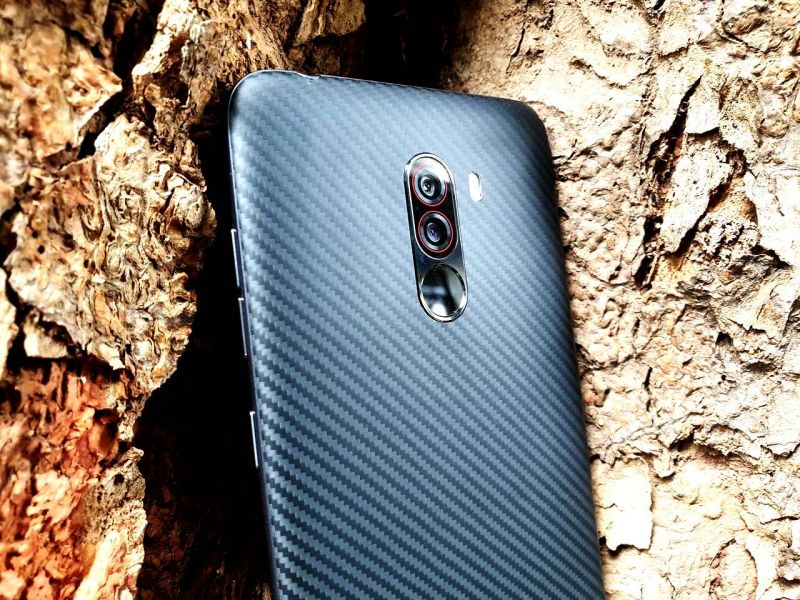
However, POCO's cost-cutting efforts are evident — the mediocre plastic build, a slightly above-average display and camera performance remind it still is an upper-midrange smartphone. Compared to the segment-leading OnePlus 6, it definitely feels inferior in terms of appeal. But when you factor in the pricing, the F1 makes you wonder whether the extra moolah for the OnePlus 6 or the Zenfone 5z or even full-blown flagships from Samsung is enough to justify them, considering the F1 offers similar performance without hurting the wallet?
To sum it up, the POCO F1 can be termed as the Roadrunner of smartphones to date — it revives the actual flagship killer when it comes to pure performance and price. The F1 makes the Snapdragon 845's benchmark performance accessible to the masses that has been reserved until now for the affluent. It's a smartphone built for those who value raw computing performance over everything else. It's adequate for the upcoming generation of mobile gaming enthusiasts spending hours on their phones taming virtual battlefields. If speed is all you seek without spending a fortune, the POCO F1 is what you should be twiddling your fingers on during the Xiaomi flash sales.
(source)
